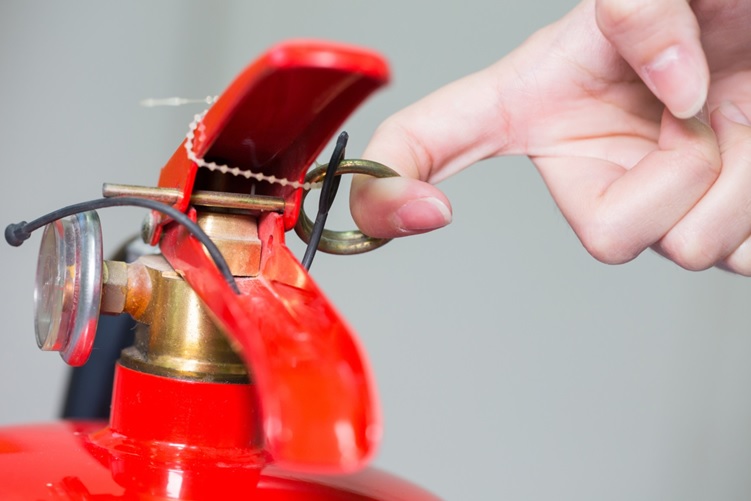About 3170 people lose their lives per year in the U.S. due to fire accidents. You would not want any of your family members or employees to be among that statistic.
With a death toll that high, it would surprise you to know that most Americans are not aware of basic safety tips. A majority of the population is incapable of dealing with a fire hazard either in their home or workplace.
Regulatory agencies like OSHA always ask for fire prevention. Thus, it’s advisable to have a fire prevention plan in place and one that is well known by the employees.
Here are five tips that will come in handy in the creation of a foul-proof fire prevention plan.
- Identify Danger Points
The first step is to identify all the locations that are most susceptible to fire. This includes potential ignition sources, storage of flammable materials, and starting points of previous fires.
Keep in mind that firefighting tools will need to be near these locations. More importantly, note that the suppression method will be dependent on the type of fire.
For instance, a fire caused by live electrical equipment will need a different extinguisher from a fire caused by flammable liquids.
- Choose the Right Equipment
The right equipment for your fire prevention needs will ultimately depend on the layout of the building. The manufacturer’s history and warranty provision should be taken into serious consideration during this process.
Does the tool meet the required standards set by the control agencies? Any fire prevention equipment ought to have a warranty of at least five years and this includes, smoke alarms, safety blankets, and fire extinguishers. That is the only way to be sure that the manufacturer stands by their quality.
- Breakdown Your Fire Prevention Plan
You need to create a proper procedure on how to deal with hazardous materials that may cause a fire. This calls for the control of accumulation and proper disposal of these materials.
Include routines for making these materials less flammable. Communicate to your employees the importance of following the set fire prevention plan. Scheduled safety meetings go a long way to ensure employee compliance.
- Have a Maintenance Schedule
Equipment, especially heat-producing ones, is the biggest fire hazard in your facility. Make sure your fire prevention plan outlines in detail how to care for heat-producing equipment to keep them from accidentally igniting combustible materials.
A schedule that allows for regular checkups works best since serious issues are resolved early.
- Assign Specific Duties
Enlisting names of employees along specific procedures comes in handy in fire prevention.
This makes it easier to narrow down who is responsible in case of anything. It also indicates who employees can turn to if they have any queries on the equipment.
Create a Fire Prevention Plan
Now that you are aware of what to consider, it will be easy for you to create a solid fire prevention plan. Clear reporting plans between employees and supervisors on the condition of the equipment are vital in the process. Draft a plan with these fire prevention tips now.
Learn more about this and similar topics on this website.








